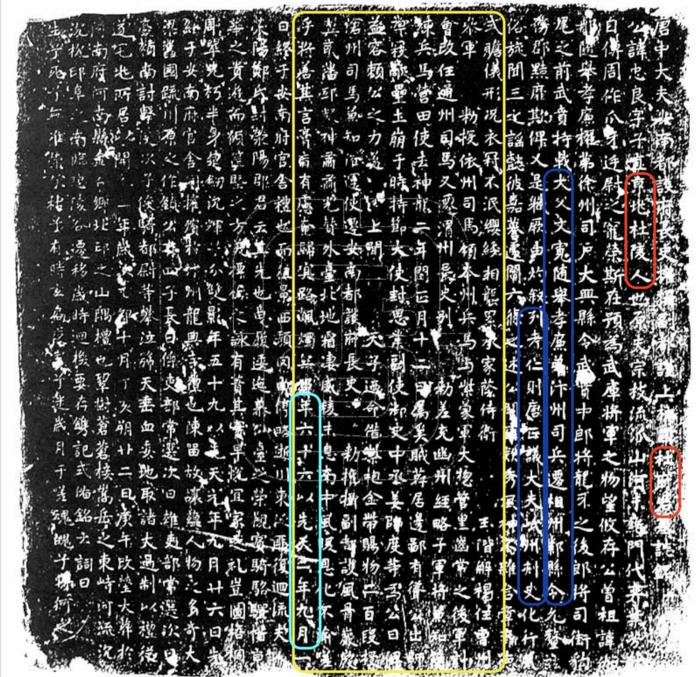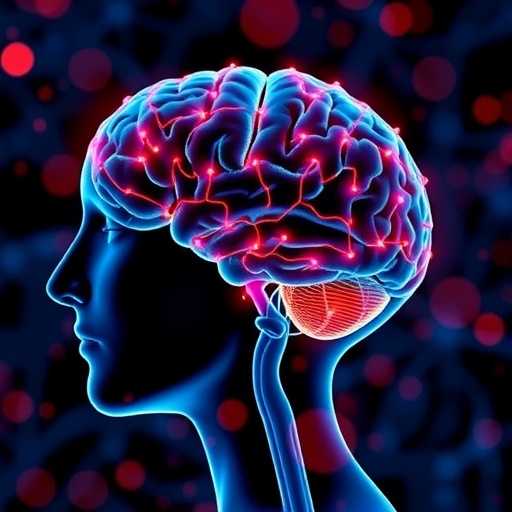In studying social mobility in today’s industrialized nations, researchers typically rely on data from the World Economic Forum or, in the United States, the General Social Survey. But examining the same phenomena from past centuries is a more daunting task because relevant statistics are harder to come by.

Credit: Image courtesy of the National Library of China.
In studying social mobility in today’s industrialized nations, researchers typically rely on data from the World Economic Forum or, in the United States, the General Social Survey. But examining the same phenomena from past centuries is a more daunting task because relevant statistics are harder to come by.
However, a social science research team has now discovered a way to examine professional advancement in medieval China (618-907 CE) by drawing from the tomb epitaphs during the Tang Dynasty. These epitaphs contain the ancestral lineages, names, and office titles (e.g., Minister of Personnel, Minister of the Court of Judicial Review, and Palace Deputy Imperial Censor) of the deceased’s father and grandfather as well as the deceased’s career history and educational credentials—ample data points for measuring social mobility across generations.
Notably, their analysis shows that education during this period was a catalyst for social mobility.
“Epitaphs written in medieval China, including the Tang Dynasty, tend to be highly detailed descriptions of an individual’s life with stylized prose and poems, and they contain granular information about the ancestral origins, family background, and career history of each deceased individual,” says Fangqi Wen, an assistant professor of sociology at Ohio State University.
“This information, to some extent, mirrors what would have been included in a contemporary social mobility survey,” adds Erik H. Wang, an assistant professor in NYU’s Department of Politics.
Wang studies historical political economy while Wen examines social mobility in contemporary societies. After recognizing the high level of data quality embedded in these epitaphs, they realized that the artifacts were a vessel that merged their scholarly interests. Later they recruited the NYU professor of sociology Michael Hout, Wen’s dissertation advisor and a leading scholar on social stratification and mobility, to join the project.
Their findings, which appear in the Proceedings of the National Academy of Sciences (PNAS), show that the patterns of relationships of social origins, education, and adult achievement somewhat resemble the patterns in the United States in the 1960s and 1970s. In drawing from 3,640 epitaphs of males as well as other data from reliable historical sources, such as dynastic records and third-party compiled genealogies, the researchers’ analysis revealed a decline of Chinese medieval aristocracy and the rise of meritocracy 1300 years ago.
The researchers discovered a specific reason for this development: whether or not the deceased passed the Keju, or the Imperial Exam, which was developed during this period for the purposes of selecting officials for civil service posts. They found that the Keju, which was administered until the early 20th century, served as a catalyst for social mobility—much as higher education has done in the U.S. since at least the 1960s.
“Our statistical analysis shows that coming from a prominent ancient great house or ‘branch’
mattered less for career success in the bureaucratic system after roughly 650 CE while passing the Keju came to matter more,” the authors write. “Furthermore, passing the competitive exam may have even equalized chances of subsequent success, as a father’s status was not a factor in the bureaucratic rank of men who passed the Keju.”
“Education is central to our understanding of intergenerational mobility,” observes Hout. “Many think it was a 20th-century development. But, as we can see from centuries-old data, there are phenomena linking origin, education, and careers very much like contemporary patterns.”
# # #
Journal
Proceedings of the National Academy of Sciences
DOI
10.1073/pnas.2305564121
Method of Research
Data/statistical analysis
Subject of Research
Not applicable
Article Title
Social mobility in the Tang Dynasty as the Imperial Examination rose and aristocratic family pedigree declined, 618–907 CE
Article Publication Date
18-Jan-2024




